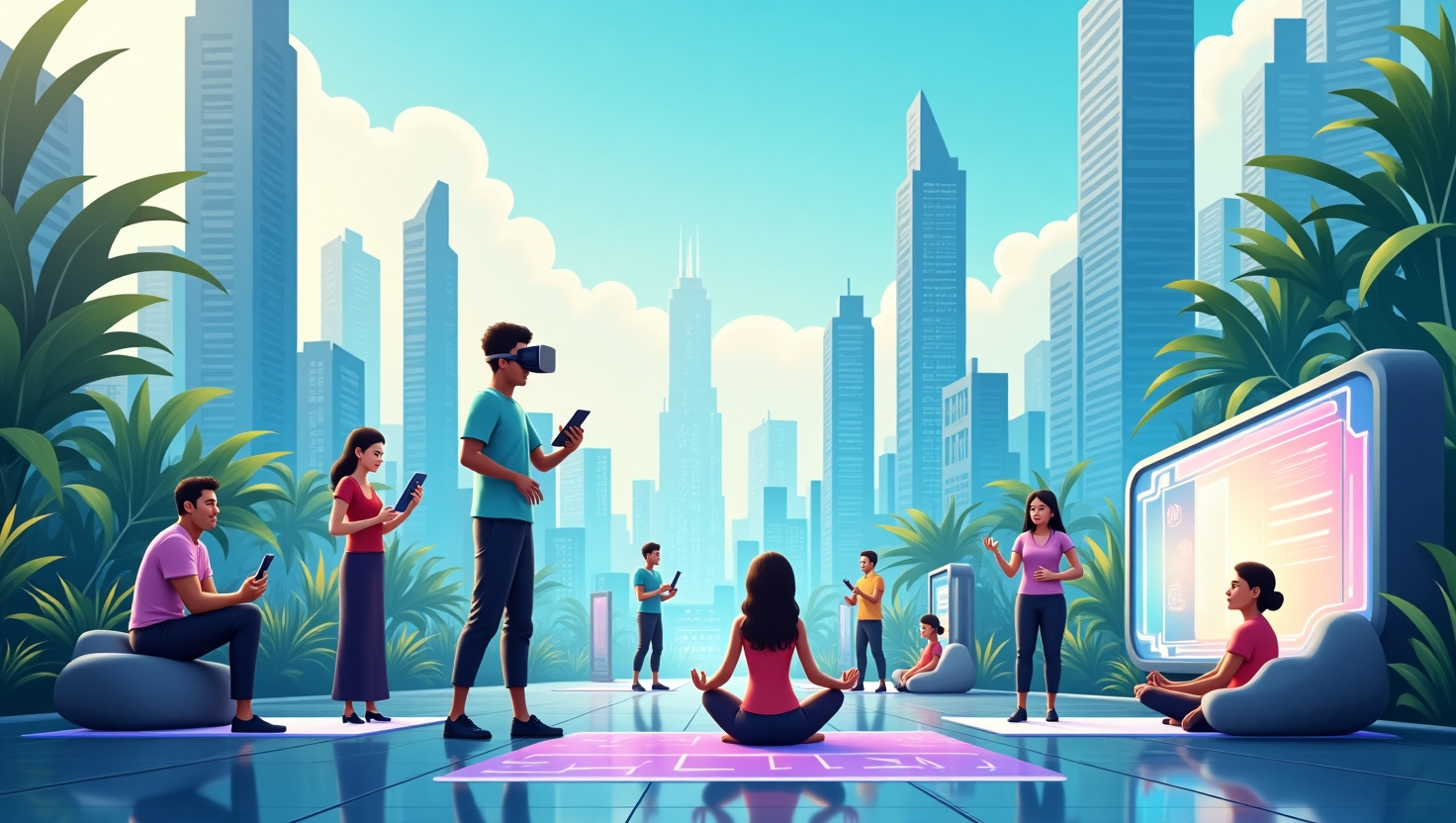In 2025, remote work continues to dominate, with 65% of employees working from home at least part-time, according to a Pew Research study. This shift has made cybersecurity best practices for remote work a critical priority for businesses and individuals alike. Cybercriminals exploit vulnerabilities in home networks, unsecured devices, and lax protocols, making robust security measures non-negotiable. This article unveils practical, humanized strategies to safeguard your digital workspace, ensuring productivity and peace of mind. Let’s dive into actionable tips to fortify your remote work environment.
Why Cybersecurity Matters for Remote Workers
Remote work blurs the lines between personal and professional spaces, creating new risks. Unsecured Wi-Fi, shared devices, and phishing scams pose significant threats. Implementing cybersecurity best practices protects sensitive data and maintains trust with employers and clients. Start by understanding the unique challenges of remote setups and addressing them proactively.
1. Secure Your Home Network
Your home Wi-Fi is the gateway to your digital workspace. An unsecured network invites hackers to intercept sensitive data.
- Use a Strong Password: Create a complex Wi-Fi password with at least 12 characters, mixing letters, numbers, and symbols. Update it every six months.
- Enable WPA3 Encryption: Upgrade to WPA3-enabled routers for enhanced security. If unavailable, WPA2 is a solid fallback.
- Set Up a Guest Network: Keep personal devices on a separate network to isolate work-related traffic.
By securing your network, you create a robust first line of defense. For advanced protection, consider a VPN for remote work like NordVPN to encrypt your internet connection.
2. Strengthen Endpoint Security
Devices like laptops and smartphones are prime targets for cyberattacks. Endpoint security ensures these devices remain protected, even outside the office.
- Install Antivirus Software: Use reputable tools like Bitdefender to detect and remove malware.
- Enable Firewalls: Activate built-in firewalls on all devices to block unauthorized access.
- Update Regularly: Keep operating systems and apps updated to patch vulnerabilities.
Pro tip: Enable multi-factor authentication (MFA) on all work-related accounts for an extra layer of protection. This simple step can thwart 99.9% of account compromise attacks, per Microsoft.
3. Educate Yourself on Phishing Scams
Phishing remains a top threat, with 90% of data breaches starting with a malicious email, according to Verizon’s 2024 Data Breach Report. Remote workers are especially vulnerable due to increased reliance on email communication.
- Verify Sender Identities: Double-check email addresses before clicking links or downloading attachments.
- Avoid Suspicious Links: Hover over links to preview URLs and avoid clicking if they seem unfamiliar.
- Take Phishing Training: Platforms like KnowBe4 offer engaging training to spot scams.
Stay vigilant. A single click can compromise your entire system, so trust your instincts and verify before acting.
4. Use Secure Collaboration Tools
Remote teams rely on tools like Zoom, Slack, and Microsoft Teams, but misconfigured settings can expose data.
- Choose Trusted Platforms: Opt for tools with end-to-end encryption, like Signal for messaging .
- Set Access Controls: Restrict meeting access with passwords and waiting rooms.
- Update Tools Regularly: Ensure collaboration apps are patched to prevent exploits.
Secure tools foster seamless teamwork without compromising data protection for remote work. Always review privacy settings before sharing sensitive information.
5. Back Up Your Data
Data loss from ransomware or hardware failure can cripple productivity. Regular backups are a lifesaver.
- Use Cloud Storage: Services like Google Drive offer secure, accessible backups.
- Schedule Automatic Backups: Set daily or weekly backups to minimize data loss.
- Test Restores: Periodically verify that backups are functional to ensure quick recovery.
Backing up data is like wearing a seatbelt—it’s a small effort that pays off during a crisis.
6. Establish Clear Remote Work Policies
For businesses, clear cybersecurity policies empower remote workers to stay secure.
- Define Acceptable Use: Outline which devices and apps are approved for work tasks.
- Provide Training: Offer regular sessions on remote work cybersecurity best practices.
- Monitor Compliance: Use tools like CrowdStrike to track adherence to security protocols.
Employees feel supported when expectations are clear, fostering a culture of security awareness.
Overcoming Common Challenges
Remote work cybersecurity isn’t without hurdles. Limited IT support, personal device use, and distractions at home can complicate efforts. Address these by investing in user-friendly tools, offering ongoing training, and encouraging open communication with IT teams. For example, if you’re unsure about a suspicious email, reach out to your IT department immediately. Proactive steps prevent small issues from becoming major breaches.
The Human Element: Building a Security Mindset
Cybersecurity isn’t just about tools—it’s about people. Cultivate a mindset of vigilance by staying curious and informed. Follow trusted sources like Krebs on Security for the latest threats. Share tips with colleagues to create a supportive remote work community. When everyone prioritizes security, the entire team thrives.
Conclusion: Stay Secure, Work Confidently
Mastering cybersecurity best practices for remote work empowers you to thrive in a digital world. From securing your network to embracing a security-first mindset, these strategies protect your data and productivity. Start implementing these tips today, and explore tools like HighSpeedVPN or Bitdefender to elevate your defenses. Have a cybersecurity tip that worked for you? Share it with the GTPulse community to inspire others!


